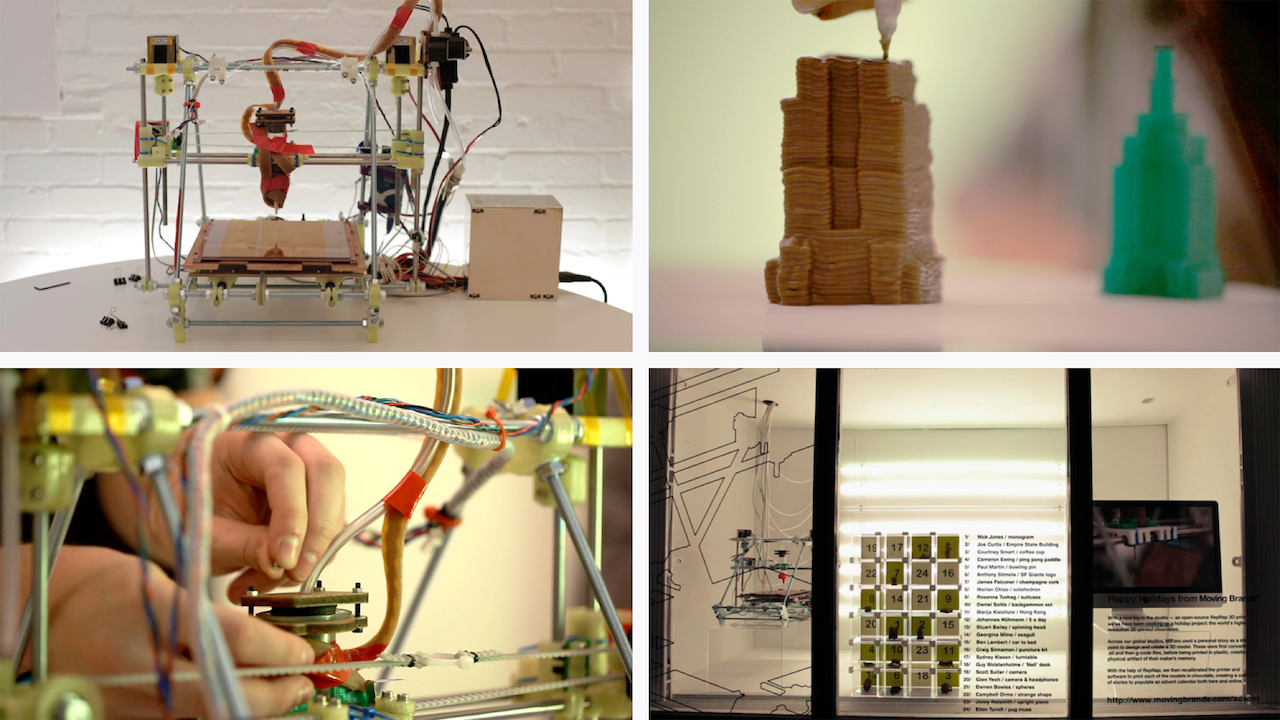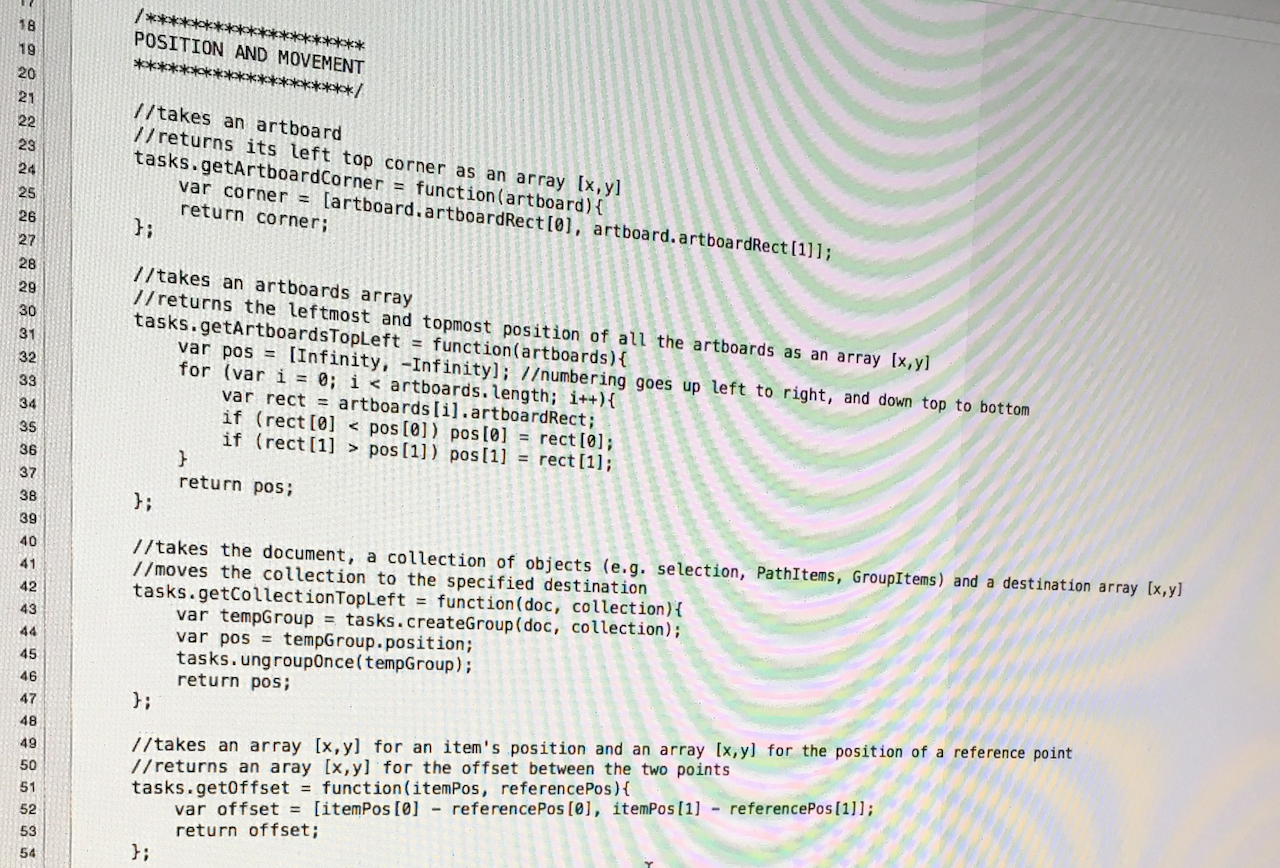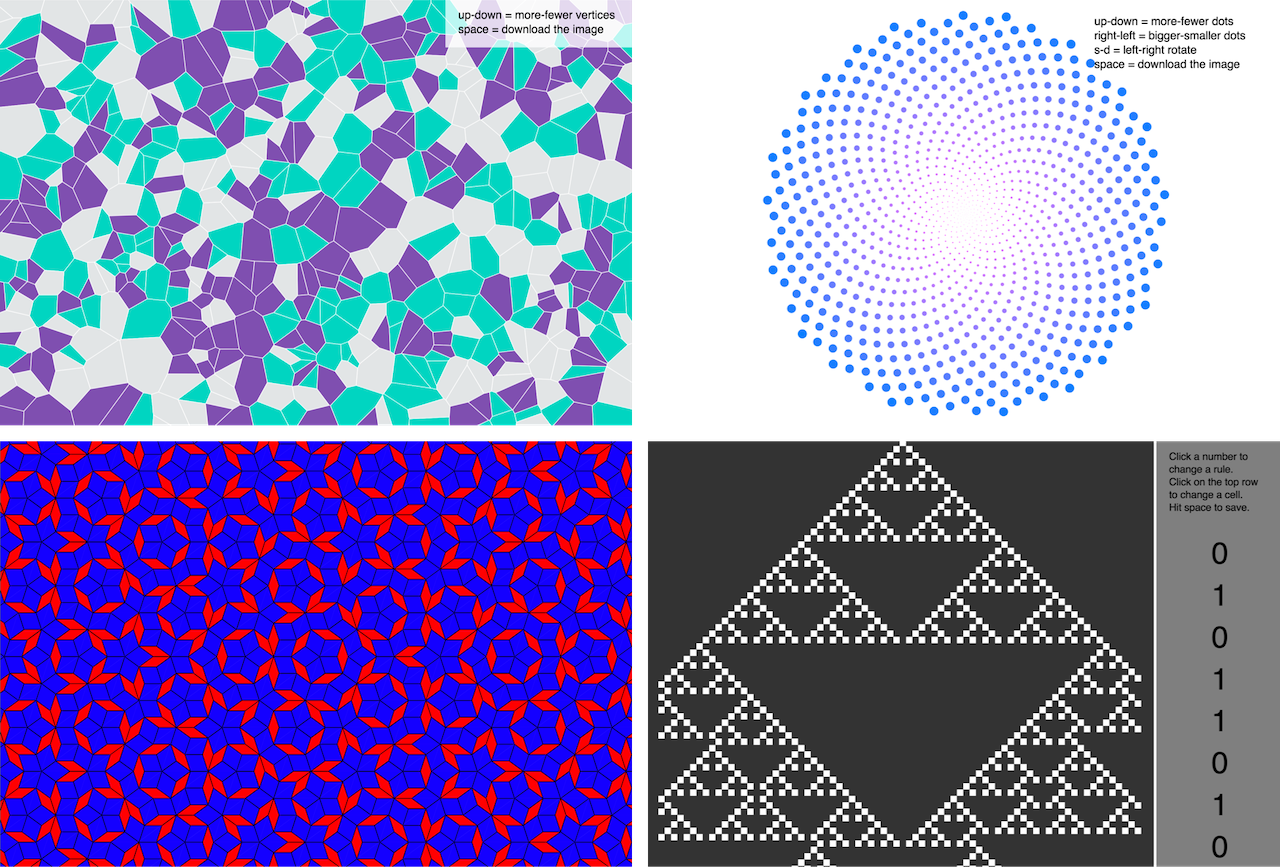Summary
Throughout my six years at Moving Brands, I led innovation projects, created tools for internal use and helped define and expand how we approached research and development.
More broadly, I helped build the studio's culture and competencies outside the scope of formal, client-driven projects.
Role and team structure
Creative technologist across many projects, often working in a small team with other technologists and designers, sometimes working independently.
Key activities
- Contribute to strategic direction for innovation
- Concept, design, build and document projects and tools
- Mentor junior technologists and designers
- Present internally and at events

One of the things I appreciated most at Moving Brands was how highly the studio values experimentation. As a UX designer with a background in creative technology, I was involved in research and development throughout my time there.
At first this meant working on side projects to showcase the studio's creativity and stay on top of new technologies. But over time we became more interested in what role research and development could and should play in a design studio, and our focus moved from one-off projects to finding ways to to embed innovation into the business.
Below are a few examples of what that looked like over the years.

Projects to keep learning
As designers working with tech companies and aiming to use technology well in our work, it was important to understand new technologies before they became the norm. One way to do this was through side projects: experiments that let us get our hands dirty, take risks and tell new stories.
Introducing the studio to 3D printing. Two examples were Hand Drawn and 3D Advent, both from 2011. For Hand Drawn, we hacked a Kinect to capture people's hand gestures and generated a font based on how they drew letters in the air. For 3D Advent, we invited everyone in the studio to design a model and printed them in chocolate.
While both projects focused more on fun than any practical output, they gave everyone in the studio experience with 3D scanning, design and printing, at a time when desktop 3D printing was still in its infancy.

Tools to improve processes
We also looked for ways technology could make work easier, more imaginative or more efficient. These didn't make for dramatic case studies, but they had clear purposes and helped us think critically about how we did our work. In the examples below, automation freed up designers to focus on more creative aspects of design.
Automating routine tasks. In 2015 we needed to produce over 60 icons, each exported in multiple sizes, file formats and color spaces. I built an Illustrator script that took one master image and exported all the files that were needed, dramatically reducing the time required for artworking.
In 2016 a graphic design project included variations on complex patterns. A designer was manually building each pattern in Illustrator. I wrote a script that let them generate patterns, adjust parameters and export results into SVG. This produced pattern variations almost instantly and let the designer focus on visual design rather than artworking.
Seeking opportunities for improvement. The biggest challenge for this kind of work lay in finding the right problems to solve. We regularly reviewed studio activities and discussed how we might creatively improve processes, but just as often ideas came from watching each other work or listening to complaints over lunch.



Experimenting with experimenting
Beyond any individual project was the question of what innovation meant to the studio. How could we make innovation part of the fabric of what we do, something that truly pushes work? While projects and tools offer a concrete focus, they can also be one-offs that don't trigger long-term change.
We began to focus more on sharing knowledge and on developing (and discarding) a broader range of ideas and opportunities. We experimented with when and how to organize teams for R&D work, explored partnerships with entrepreneurs and shared our experiences at conferences and events.
In 2016 Moving Brands formed a team dedicated to creating new opportunities with emerging tech. Though I've since moved on, R&D at Moving Brands continues to evolve.

